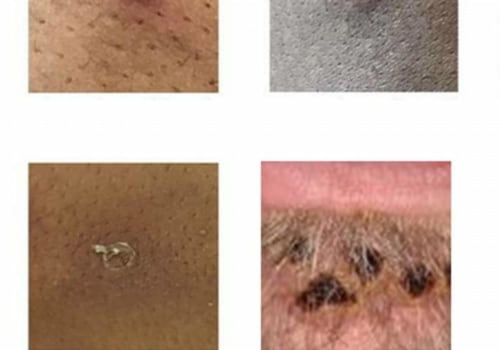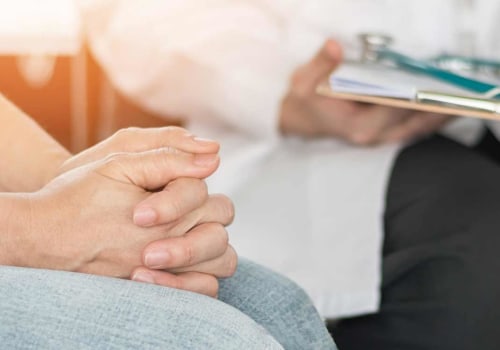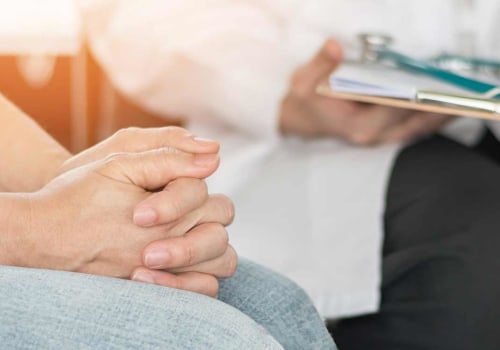When it comes to sexually transmitted diseases (STDs), the incubation period can vary greatly depending on the type of infection. Some STDs may show signs and symptoms the next day, while others may remain dormant for years. It is important to know the signs and symptoms of STDs, as well as how long it may take for these STDs to become active and the periods of time during which you should be tested. In some cases, symptoms of an STD may appear within a few days or weeks, but sometimes they don't appear until months or even years later.
There are often few or no symptoms and you may not know that you have an STD. If there's any chance that you have an STD, go to a sexual health clinic or family doctor for a confidential and free check-up. Each STD has its own incubation period. In the case of some STDs, the body starts producing antibodies and symptoms within just a few days.
For others, it may take weeks or months for symptoms to appear. These are the intervals of incubation periods for some of the most common STDs:
- Herpes: Symptoms may appear within 24 to 48 hours after contact.
- Gonorrhea: Symptoms may also appear 24 to 48 hours after contact.
- Chlamydia: Symptoms may appear 1 to 3 weeks after exposure.
- Syphilis: Symptoms usually take up to three weeks to appear.
- Mycoplasma: Symptoms usually take 2 to 35 days to develop after the initial infection.
- Gardnerella: Symptoms usually take 1 to 4 weeks to develop after exposure.
- Trichomoniasis: Symptoms usually take 1 to 4 weeks to develop after exposure.
- Hepatitis B&C: Symptoms usually take 2 weeks to 4 months to develop.
- HIV: Symptoms usually take 2 to 6 weeks to develop after the initial infection.
For people who collect their samples in their own homes, for those who need a PCR or TMA travel certificate suitable for flying, and for employers, housing facilities, payers, suppliers and government. The first signs of an STD depend on the type of STD you have contracted. Some sexually transmitted diseases may show signs and symptoms the next day, while others may remain dormant for years. STDs that may show signs and symptoms soon after exposure are herpes and gonorrhea. Chlamydia, which is the most commonly reported sexually transmitted disease, may be reactive the next day; however, chlamydia has the ability to remain dormant for years in cases where the body has failed to defend itself against the virus. In short, the first signs of a sexually transmitted disease really depend on the type of sexually transmitted disease you have contracted, however, it's important to remember that most STDs don't have any symptoms.
It's important to know how long it may take for these sexually transmitted diseases to become active and the periods of time during which you should be tested. Most people with HSV never know they have it, because they have no signs or symptoms. If you are currently concerned about your sexual health or someone else's, an STI test at home can identify common sexually transmitted infections.







